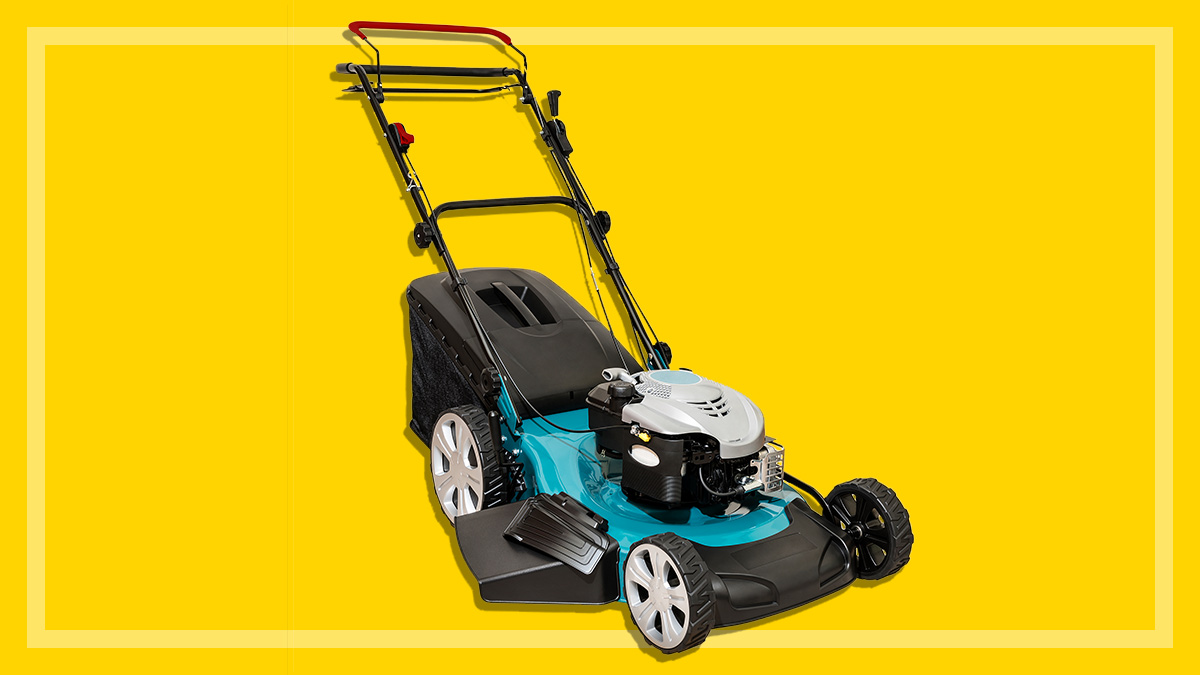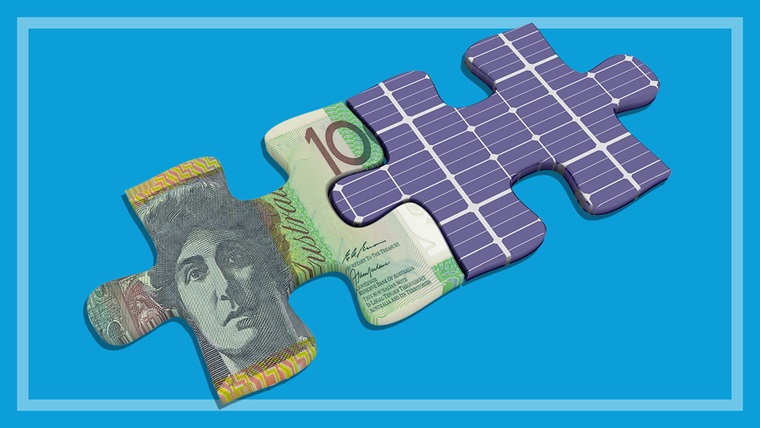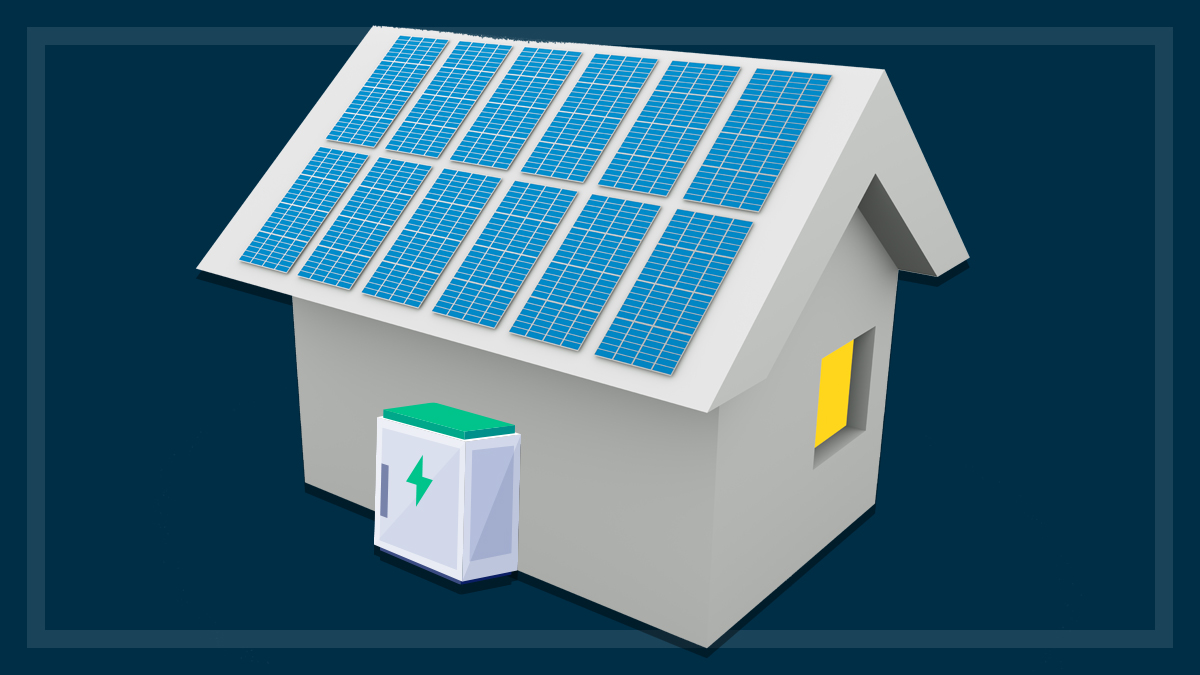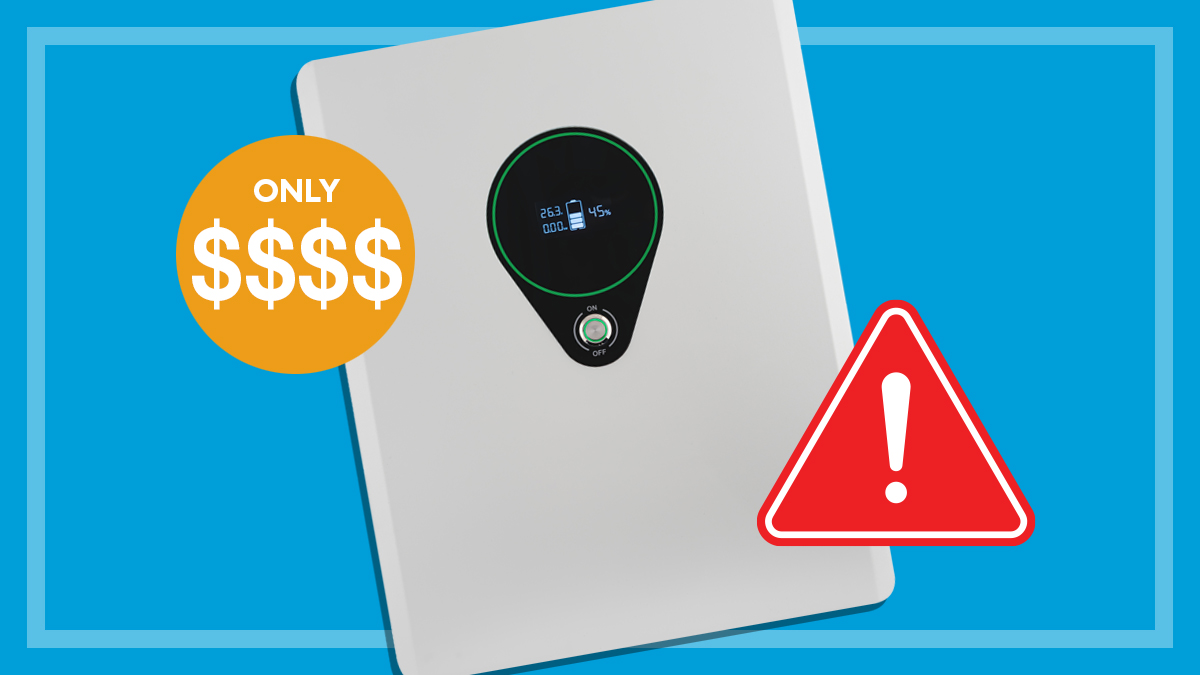Get our independent lab tests, expert reviews and honest advice.
7 weird water-saving hacks
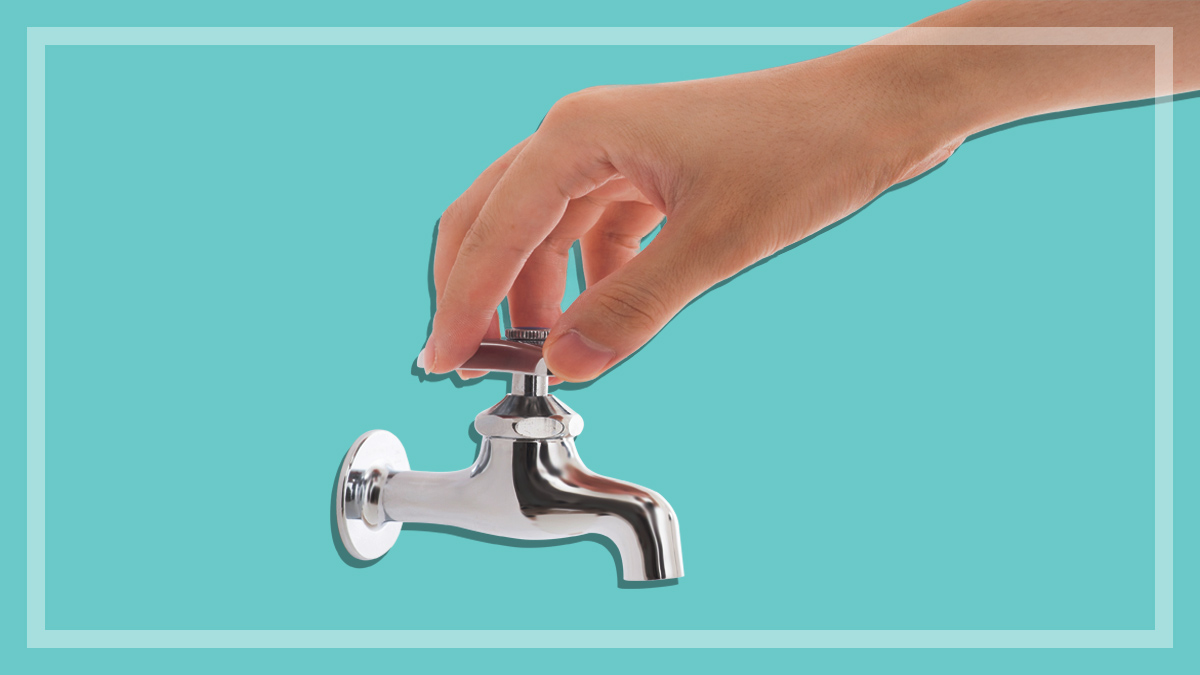
Need to know
- The internet is full of so-called hacks that claim to save water
- Not all of them work, and some can actually cause damage
- Don't bother putting your jeans in the freezer – it's almost certainly a myth that this cleans them
The internet is full of life hacks that can save you time, money, energy, sanity… you name it, it’s out there. But not all of them stack up. And when it comes to saving water, it’s important to know what works and what doesn’t, especially if you live in an area with water restrictions, or simply want to cut down on your water bill.
You might already know that practical things such as installing low-flow showerheads, using water-efficient washing machines and watering your garden first thing in the morning (while it’s still cool, to minimise evaporation), are good ways to save water.
But what about those weird and wacky water-saving ideas you might have heard about in passing or read about online? Could spray-painting your lawn or showering with your partner really save you water? We take a closer look.
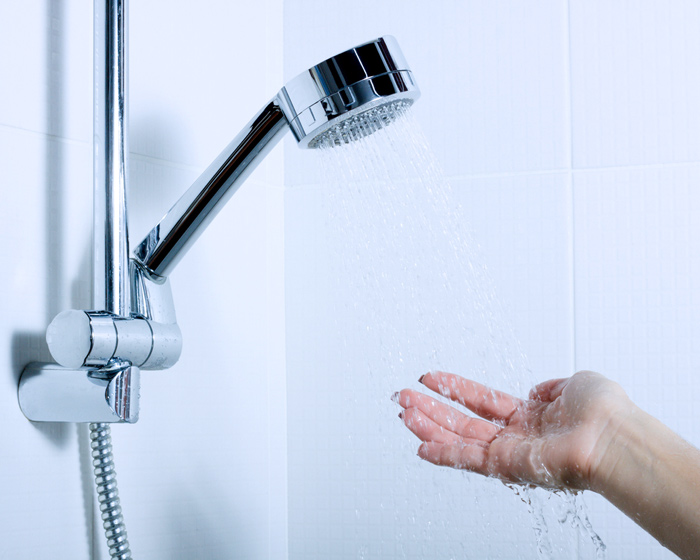
1. Shower with your partner
The idea here is to save water (up to 9L/water per minute) by cutting down on the number of showers your household takes. But surely getting soapy and steamy with your significant other is, well, unlikely to lead to shorter showers…?
And even if you do keep your hands to yourselves, there’s still the issue of having to share the one showerhead, meaning you have to take turns to get the shampoo out of your hair (and eyes) and rinse everything else off, carefully shuffling around each other in a confined space. (Not to mention the fact you’ll almost always be resentful when it’s your partner’s turn under the hot water as you turn into a cold, shivering mess.) Again, this taking of turns is unlikely to lead to shorter showers.
Verdict: A fun option, but not so great for saving water. Stick to limiting your solo showers to four minutes instead.
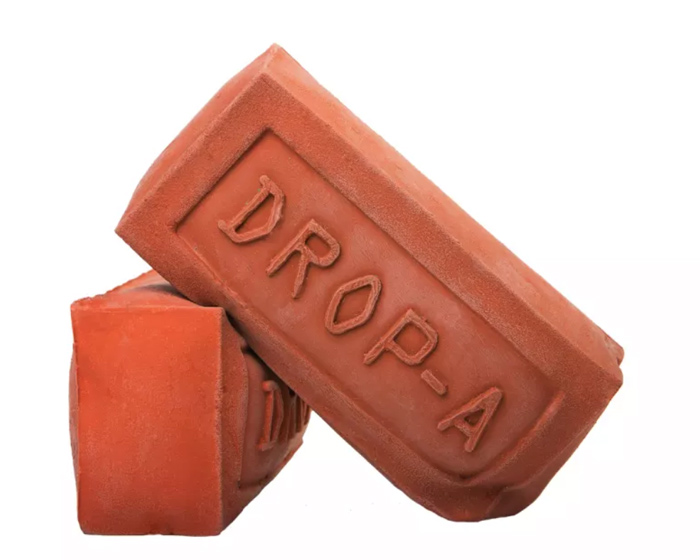
2. Put a brick in your toilet cistern
You might have heard that you can make your toilet more eco-friendly by putting a brick in the cistern, which reduces the amount of water it uses to fill and flush it.
The first thing to know is you should never use an ordinary house brick, as these can disintegrate over time and damage your toilet.
Instead, you could try Drop-A-Brick, which was designed especially for toilets by an environmentally conscious movement in California in 2014.
The cheeky ad campaign shows ordinary people sitting on their toilets, talking earnestly about how they’d each “dropped a brick” to save water. Eventually, they hold up the branded brick with ‘Drop-A’ embossed on the front.
Verdict: It works, but Drop-A-Brick advises against using it with high-efficiency toilets because you won’t get a proper flush. Another alternative is to use an old water bottle full of water or pebbles, which can do the same job.
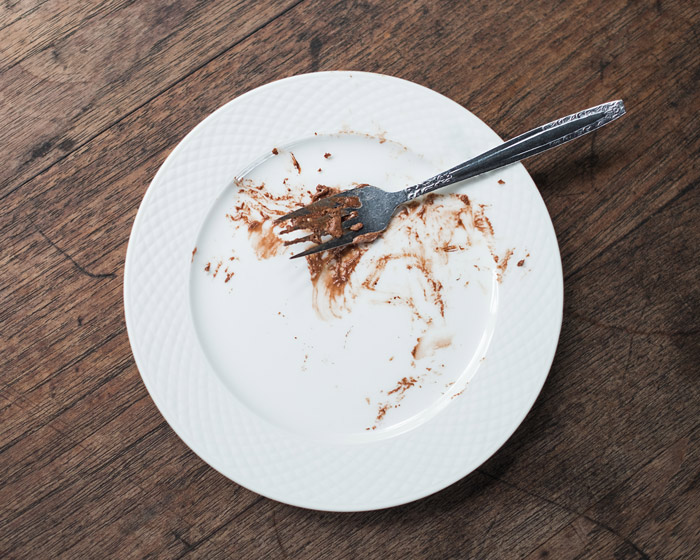
3. Lick your plates before putting them in the dishwasher
The idea here is that licking your plates clean will save you from having to rinse them before loading them in the dishwasher.
Too dignified for that? Get your dog to lick them instead! (Though remember that certain foods are unsafe for dogs.) Your pooch will love you for it, you could save money on how much dog food you have to buy, and the dishwasher will kill any bugs hanging around in Fido’s mouth.
Verdict: This isn’t a bad idea from a food-waste perspective, but when it comes to saving water, it’s completely unnecessary. Most dishwashers are now designed so that you don’t need to rinse your crockery before you wash. Just scrape off any food scraps first and make sure you load the dishwasher properly.
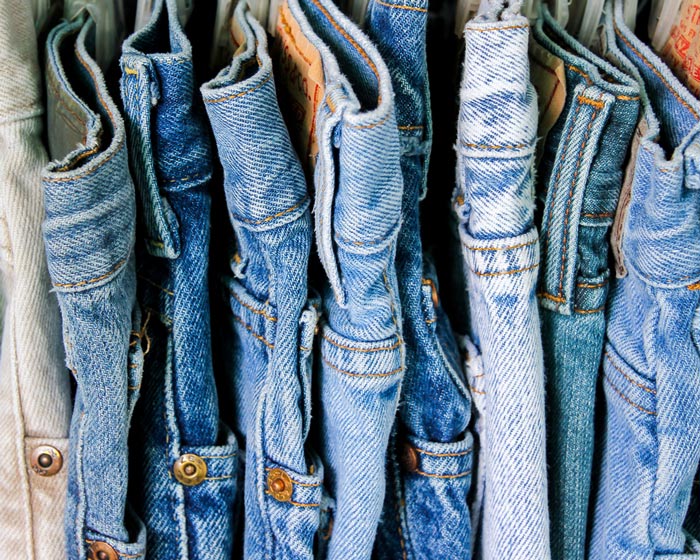
4. Freeze your jeans
According to one of the most popular water-saving hacks on the internet, you can get away with washing your jeans less regularly without ending up smelling like the bottom of a gym bag by putting them in the freezer when you’re not wearing them.
Apparently, this kills the germs that cause bad smells, and leaves your jeans fresh and clean the next time you wear them. Once you’ve thawed them out, that is.
Verdict: The Smithsonian magazine debunked the jeans-in-the-fridge theory back in 2011, stating that many bacteria can survive low temperatures and that “it takes only one survivor to repopulate your jeans when they warm up”.
But the good news is that you shouldn’t wash your jeans too often anyway if you want to preserve the fabric and dye. Even the CEO of Levi Strauss says you shouldn’t put jeans in the washing machine, and encourages people to spot clean or hand wash them instead.
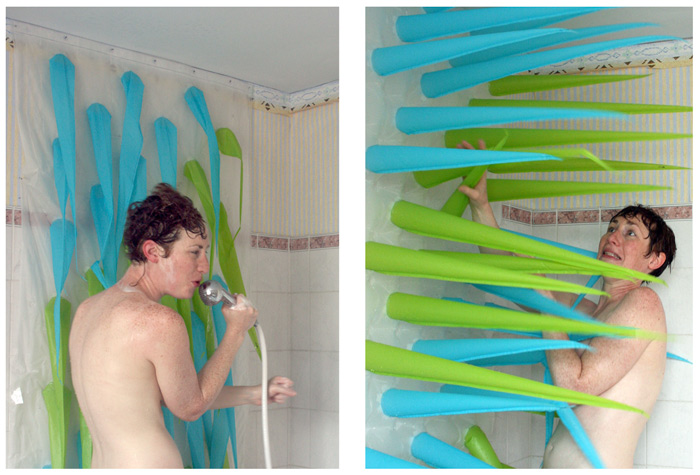
5. Install… shower spikes?
Having trouble limiting your shower time to just a few minutes? London-based French designer Elisabeth Buecher created the perfect solution: ‘Spiky’ is an inflatable-spike-lined shower curtain that lets you shower in peace for up to four minutes.
Once your time’s up, it fills the shower with large spikes made from coloured plastic to force you out of the cubicle or tub. They don’t hurt you, but they do take up all the available space and make it practically impossible to carry on showering.
Verdict: Sadly, this isn’t a product but an art installation, so if you wanted to use it, you’d realistically have to make one yourself. An easier option might be to time your shower to a song – Spotify even has a handy ‘four minute shower hits playlist’ to guide you.
6. Paint your lawn green (no, really)
Depending on where you live, you may have to stick to certain restrictions when it comes to when and how often you can water your lawn. And unless you get it just right, this can often lead to bare spots, brown patches and generally grungy-looking grass.
Enter lawn paints such as Lawn Solutions Australia’s ColourGuard – a natural plant-based pigment you can apply to drought- and frost-damaged grass to have it looking lush in no time, and all with very little water.
According to the manufacturer, the paint is safe for children and pets, won’t rub or wash off once it’s dried after the first application, and will last until the grass grows out again.
Verdict: Yes, it sounds ridiculous – and we haven’t tested it – but if a green lawn is important to you, this could be a good option for achieving one and helping you save water at the same time.
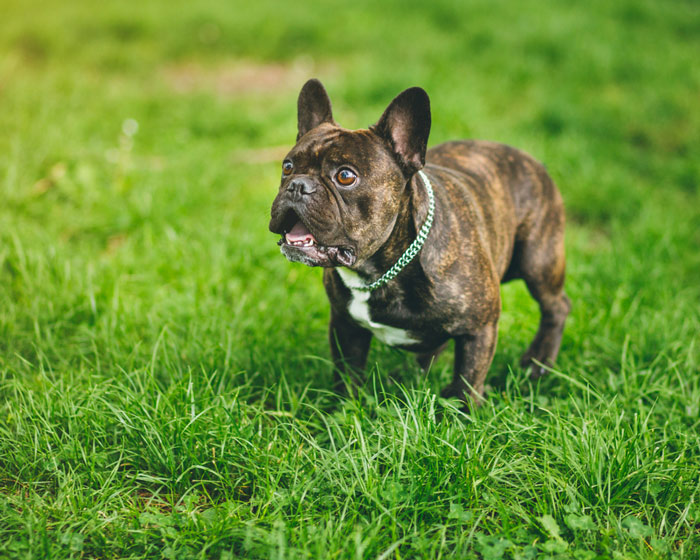
7. Swap your dog for a cat
When it comes to saving water, the cat versus dog debate appears to fall firmly on the side of felines.
After all, dogs tend to get muddier and messier than cats, so you use more water cleaning up after them, while cats generally use less water since they never need a bath – that’s what their tongues are for, after all. They also tend to be smaller than most dogs, and have extremely efficient kidneys, so tend to drink less water too.
Verdict: If you’re wavering between getting a cat or a dog, water use might be worth weighing up. But if you’re a bonafide dog person, this is one water-saving tip you can safely ignore.

